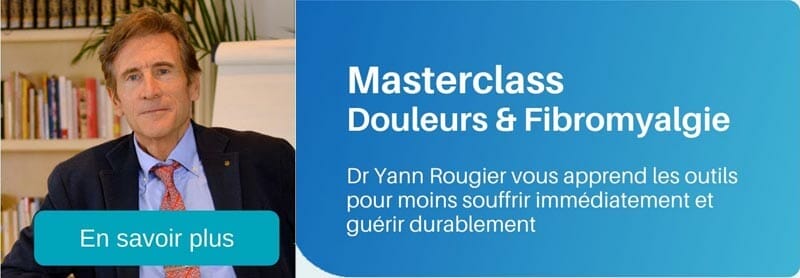To be in pain, to the point of not being able to move, to walk with difficulty, to no longer sleep… fibromyalgia and its procession of continual pain in the muscles, tendons, ligaments lock you up in a world from which it is very difficult to get out. Especially since it makes doctors suspicious. Imagine: the x-rays show nothing, and the usual painkillers don’t work. Not easy to make a diagnosis.
“Three elements are always present, summarizes Dr Jean-Luc Renevier, rheumatologist, functional rehabilitation doctor at the Meulan hospital (Les Mureaux), diffuse chronic pain, persistent for more than six months, a chronic fatigue syndrome and sleep disturbances.
Added to this are other symptoms, which vary over time and from one person to another: functional colopathy, headache, restless leg syndrome… Not to mention memory problems, difficulty concentrating, intolerance to noise, strong lights, cold, even anxiety and sometimes reactive depression.
All of these symptoms are invisible to others. From there to taxing them as psychosomatics, there is only one step… taken over many years. In France, it took until 2007 for fibromyalgia to be recognized by the National Academy of Medicine and 2010 for the High Authority for Health to publish recommendations on its management. Since then things have started to change.
Earlier diagnosis
” The diagnostic is much earlier than in the 2000s”, rejoices Carole Robert, president of Fibromyalgie France. According to a survey carried out by its association, it is less than a year for 25% of patients. It would turn even today around 4 months. Proof that doctors are better informed.
“Even if it is sometimes made a little too hastily, this very early diagnosis makes it possible to set up pain management before it sets in too long. Admittedly, there is no miracle drug for this disease, which is probably due to a hyperfunction of the cerebral regions that perceive pain. However, non-drug approaches now make it possible to make the pain bearable and improve the quality of life.
Multidisciplinary care
“The person with fibromyalgia is now considered as a whole,” confirms Dr. Renevier. If the drugs (analgesics, anxiolytics, hypnotics, muscle relaxants, etc.) are not shelved, they are used sparingly. The management is individualized and is above all based on multidisciplinarity (rheumatologist, re-educator, physiotherapists, etc.). Hence its development in structures such as pain relief centres, functional rehabilitation centres, sleep centers or thermal centres. On the program: therapeutic education, exercise rehabilitation, relaxation, psychological support…
The treatment of fibromyalgia now rhymes more with massages, soft gym, balneotherapy or sophrology than with anti-depressants, even if the latter can be useful. Alternative medicine (oligotherapy, herbal medicine, acupuncture, hypnosis) is not to be outdone and some new therapies are giving good results. It’s up to everyone to find the ones that suit them best to allow them to get out of their illness by accepting it and no longer being afraid to move.
Read also : Fibromyalgia: yoga can help you


















